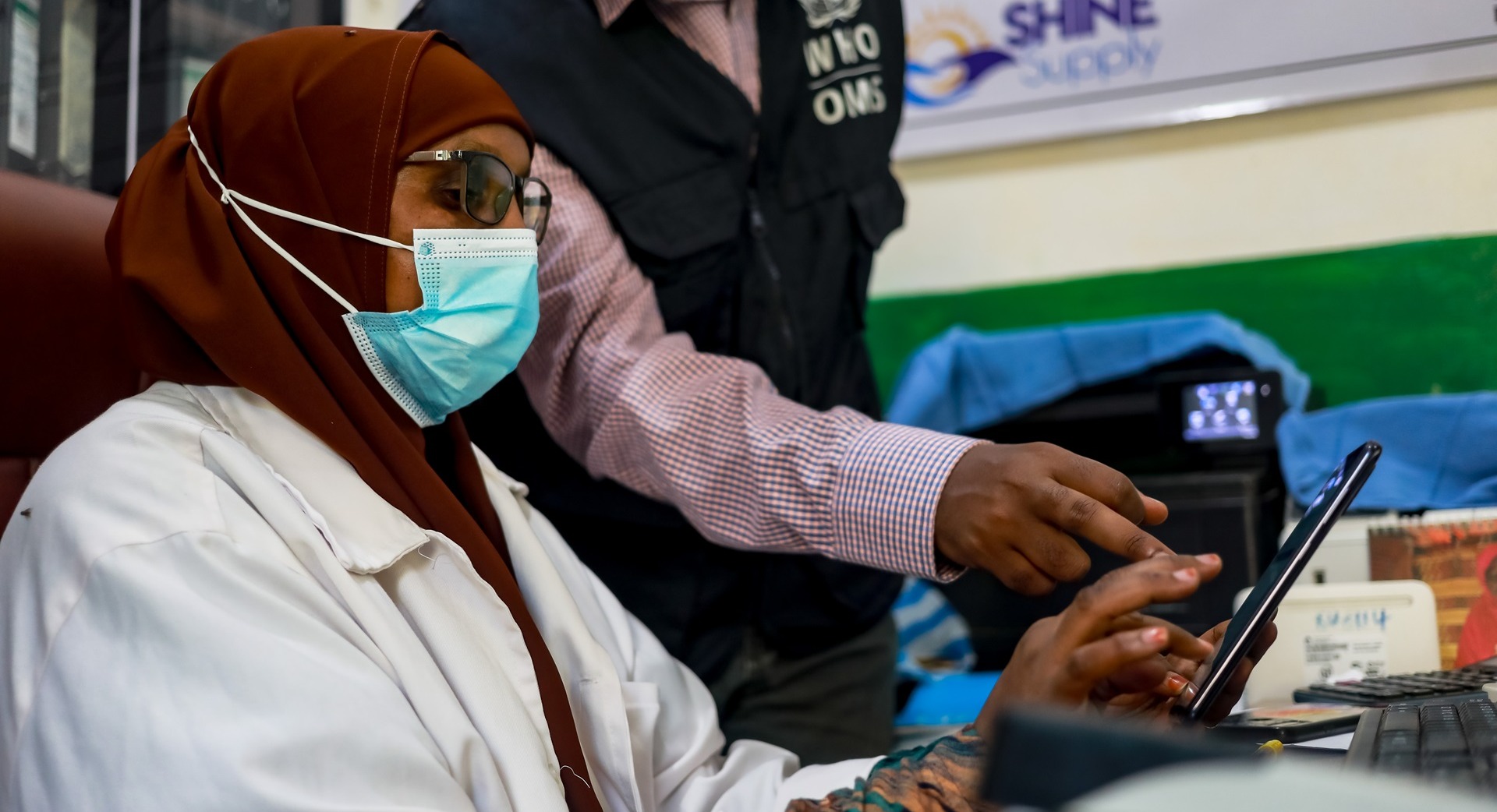
Workforce development
OverviewAn adequate number of qualified and trained staff at all stages of the health pyramid is one of the cornerstones to ensure quality testing. Defining the roles and responsibilities within job profiles for each person within defined national testing and QA networks is crucial to ensure the day-to-day quality of testing. This pillar focuses on providing tools for the 2 most important aspects: Governance (role, responsibilities, coordination mechanism) and strengthening HR capacities (training/supervision). The specific role of QA managers/QA officers is also described. |

Roles, responsibilities, network, and coordination across the health pyramid
Assuring the quality of testing (wherever the testing takes place) requires planning, oversight, coordination, and implementation of quality assurance measures at all levels of the health system. It also requires the participation/involvement of stakeholders from all levels of the health pyramid, including national, subnational, and local levels. This chapter discusses the roles and responsibilities of key stakeholders involved in RDT testing.
If not in place already, the country should implement a multi-sectoral body identified by leadership as the “National QA Coordinating Team” or “National QA Technical Working Group” (TWG).
This team should include individuals with expertise in testing services, supply chain, program management, quality improvement, monitoring and evaluation, and other non-governmental partners and community leaders to assist in identifying informal testing points at the MOH’s discretion. This multi-sectoral team should define quality assurance standards and targets, develop a national QA work plan, and supervise its implementation across the country and diseases to maximize resources and create efficiencies through integration.
To ensure country coverage, it is suggested that the national QA team establish a quality officers/managers team. National and subnational QA manager(s)/officer(s) should be appointed and organized as a network to ensure good country coverage. The QA Manager(s)/officer(s) should have expertise in RDT procedures and QA; they are responsible for coordinating quality assurance activities across the health pyramid, supervising testing sites, collecting data, and providing feedback to the management line.
Testing providers’ training and supervision
Testing providers should be trained and recognized by relevant authorities as testing providers in line with national regulations. Recognition can be in the form of registration/ licensing, certification, authorization letters to perform testing, or the Ministry of Health policy allowing such task sharing. Competency-based assessment training, regular refresher training, and supportive supervision are crucial to ensure, maintain, and improve testing provider competencies.
In all cases, the testing provider should:
- follow national testing guidelines, testing algorithms, and reporting formats;
- be trained based on the assay IFU before performing any assay;
- be trained and deemed competent to perform testing and related tasks;
- perform only tests and tasks that are allowed at their operational level; and
- keep all training records and written authorizations up to date.
To note that testing sites, including non-laboratory testing sites, should have permission to perform testing from relevant authorities.
To ensure testing providers are adequately trained, a comprehensive training curriculum should be developed and validated by national levels/authorities (e.g., national laboratory directorate). This curriculum should be adapted to the intended audience and job profile cover essential knowledge and practical skills, and combine theoretical and practical/hands-on sessions.
At the end of the training, a competency-based assessment should be performed to make sure trainees have the required skills to conduct their duties. The trainers should have received a training of trainers (TOT) before running the training themselves.
Additionally, national training (including TOT) and supervision plans should be designed; they should outline the training schedule, assessment methods, and ongoing supervision to reinforce learning and maintain high standards of care. Resources (HR and financial) should be allocated to this by MOH. (see also Pillar 1: Organization, governance, planning).
Ideally, they should be registered/licensed to perform RDTs. Testing sites should follow practices laid out in ISO 15189:2022 and be regularly assessed for compliance with those standards.
Creating a network with coordination mechanisms between different entities involved in the testing
Creating a network among various entities involved in testing quality, by utilizing the quality officer model, is essential for achieving a cohesive and effective approach to quality assurance (QA). These networks facilitate the sharing of best practices, resources, and information, helping to define responsibilities to ensure that tasks are neither missed nor duplicated.
Connecting health ministries, national reference laboratories, laboratory directorates, QA officers’ teams, testing sites, and community organizations streamlines communication and fosters collaboration, ultimately leading to improved quality outcomes.
QA officers play a vital role within these networks as they act as the link between different entities. They coordinate quality assurance activities, conduct site assessments, and provide training and support to testing personnel. By strengthening relationships among all parties, QA officers ensure that quality assurance measures are consistently applied and that any issues are promptly addressed.
This collaborative approach not only improves the accuracy of test results but also enhances the overall effectiveness of health programs aimed at combating diseases.
The national QA coordination team/national QA technical working group should facilitate this network and report regularly to the laboratory directorate.
